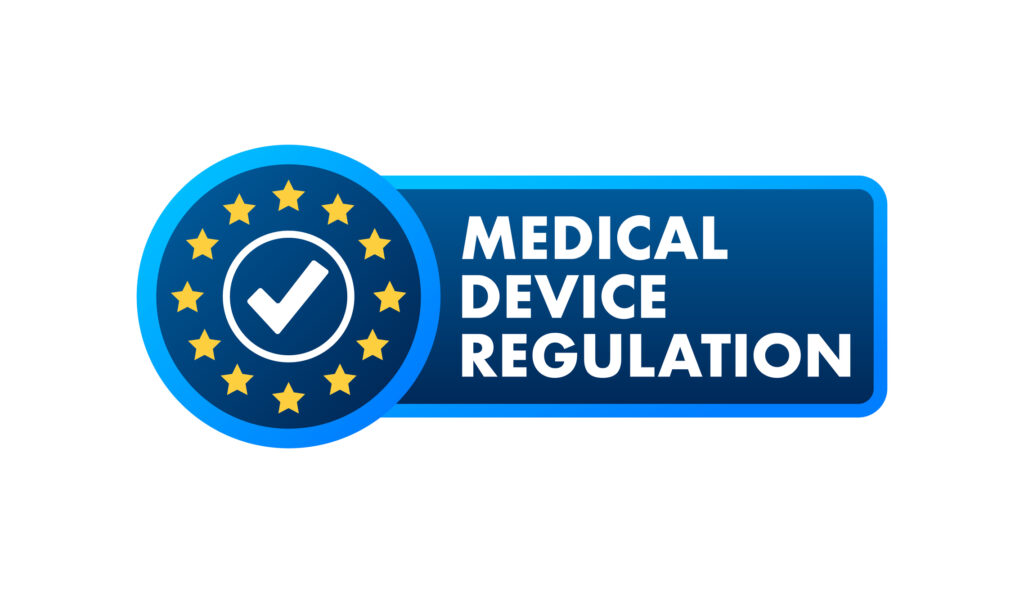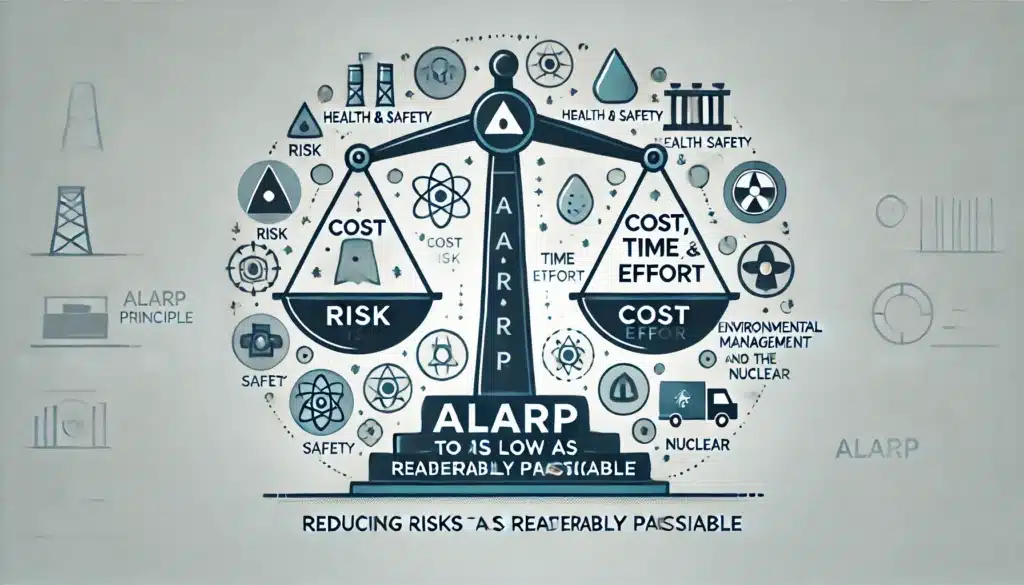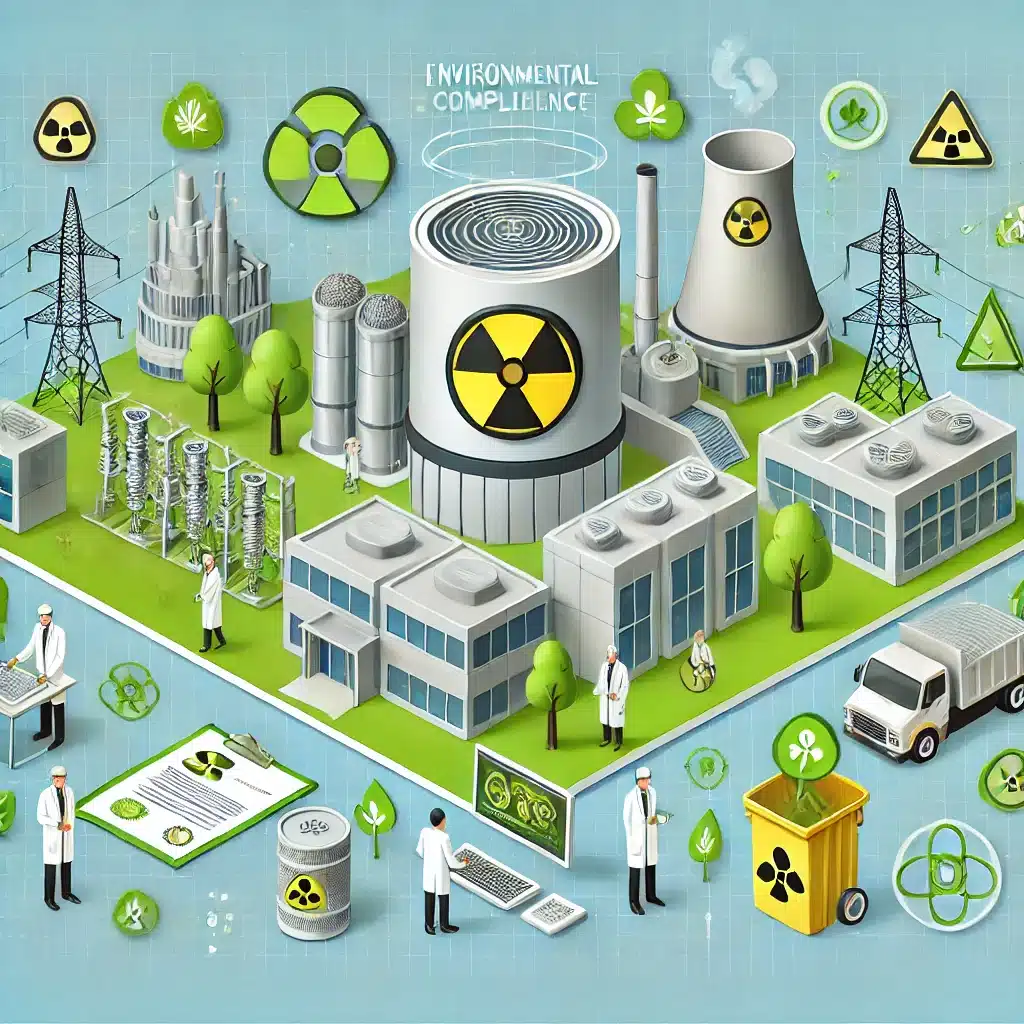The Ionising Radiations Regulations 2017 (IRR17) is a crucial piece of legislation in the UK, designed to ensure the safety and protection of workers, the public, and the environment from the risks associated with ionising radiation. This document provides a detailed exploration of the IRR17, covering its purpose, scope, and key provisions. Key areas include employer responsibilities, risk assessment, control measures, monitoring, health surveillance, and emergency preparedness. The regulations aim to mitigate risks through stringent controls and procedures, ensuring compliance with international standards and fostering a culture of safety in workplaces involving exposure to ionising radiation.
Introduction to The Ionising Radiations Regulations 2017
Ionising radiation refers to the energy emitted from radioactive substances or equipment that can remove tightly bound electrons from atoms, creating ions. The use of ionising radiation spans various sectors, including medical imaging and therapy, industrial applications, and scientific research. Given its potential health hazards, the Ionising Radiations Regulations 2017 (IRR17) was introduced in the UK to regulate exposure and ensure safety.
Purpose and Scope
The IRR17 aims to control the exposure to ionising radiation in occupational settings, ensuring that exposure is minimised and kept within established safety limits. These regulations apply to any activity involving the use of ionising radiation, whether it is routine use in medical diagnostics or occasional exposure in research labs. The objective is to safeguard workers, the public, and the environment by enforcing strict controls and promoting best practices.
Key Provisions
Notification, Registration, and Consent
Employers must notify the HSE, register their activities, or obtain consent for operations involving ionising radiation based on the risk level. This tiered approach ensures that higher-risk activities receive closer scrutiny and oversight.
Risk Assessment
A comprehensive risk assessment is vital. Employers are tasked with identifying radiation hazards, evaluating potential exposure levels, and implementing measures to control risks. This involves:
- Hazard Identification: Recognising sources of ionising radiation within the workplace.
- Risk Evaluation: Assessing the potential for exposure and its severity.
- Control Implementation: Introducing measures to mitigate identified risks, such as engineering controls (e.g., shielding), administrative controls (e.g., restricted access), and PPE.
Radiation Protection Adviser (RPA)
Employers must appoint a qualified RPA to advise on radiation protection and regulatory compliance. The RPA plays a crucial role in ensuring that safety measures are effective and that the organisation adheres to IRR17 requirements.
Local Rules and Radiation Protection Supervisor (RPS)
Developing local rules specific to radiation protection within the workplace is mandatory. These rules should outline safe working procedures, access controls, and emergency protocols. An RPS should be appointed to oversee the implementation and adherence to these rules, ensuring that workers understand and follow the established procedures.
Training and Information
Providing adequate training and information to employees is essential. Workers must be informed about the risks associated with ionising radiation, the control measures in place, and their role in maintaining a safe working environment. Regular training sessions should be conducted to keep employees updated on any changes in procedures or regulations.
Risk Assessment
A thorough risk assessment process is fundamental to the IRR17 framework. This process involves:
Identifying Radiation Hazards
The first step is to identify all sources of ionising radiation in the workplace. This includes radioactive materials, X-ray equipment, and other devices emitting ionising radiation.
Evaluating Risks
Once hazards are identified, the next step is to evaluate the risks associated with these sources. This involves estimating the potential exposure levels for workers and assessing the likelihood and severity of these exposures.
Implementing Control Measures
Employers must implement control measures to minimise exposure based on the risk evaluation. These measures can include:
- Engineering Controls: Installing physical barriers or shielding to reduce radiation levels.
- Administrative Controls: Establish procedures and protocols to manage and limit exposure, such as restricted access to high-radiation areas and time limitations.
- Personal Protective Equipment (PPE): Providing appropriate PPE to workers, such as lead aprons, gloves, and eye protection, to reduce individual exposure.
Reviewing and Updating
Risk assessments should be reviewed and updated regularly to account for any changes in workplace operations, equipment, or regulations. Continuous monitoring and reassessment ensure that control measures remain effective and that new risks are promptly addressed.
Control Measures
Control measures are critical to ensuring that radiation exposure remains within safe limits. These measures include:
Engineering Controls
Engineering controls are physical measures designed to reduce or eliminate exposure to ionising radiation. Examples include:
- Shielding: Using materials such as lead or concrete to absorb radiation and protect workers.
- Containment: Enclosing radioactive materials or radiation-emitting equipment to prevent exposure.
- Ventilation: Installing ventilation systems to remove airborne radioactive particles.
Administrative Controls
Administrative controls involve procedural measures to manage and limit exposure. These can include:
- Restricted Access: Limiting access to areas with high radiation levels to authorised personnel only.
- Work Schedules: Rotating staff and limiting the time they spend in high-radiation areas to reduce individual exposure.
- Safety Protocols: Establishing and enforcing protocols for safely handling and using radioactive materials and equipment.
Personal Protective Equipment (PPE)
PPE serves as the last line of defence against radiation exposure. Employers must provide workers with appropriate PPE, such as:
- Lead Aprons: To protect against X-ray and gamma radiation.
- Gloves and Eye Protection: To shield against radiation and contamination.
Monitoring and Health Surveillance
Radiation Monitoring
Radiation monitoring is essential for ensuring that exposure levels remain within permissible limits. This involves:
Personal Dosimetry
Issuing personal dosimeters to workers allows for continuous monitoring of individual radiation exposure. These devices measure accumulated radiation doses and help ensure that workers do not exceed safe exposure limits.
Area Monitoring
Regular monitoring of radiation levels in work areas helps identify potential hazards and allows for timely intervention to mitigate risks. Area monitoring can include using fixed radiation detectors and conducting periodic surveys.
Record Keeping
It is crucial to maintain accurate records of radiation monitoring data. Employers must keep detailed records of individual dose readings and area survey results to track exposure levels and demonstrate compliance with IRR17.
Health Surveillance
Health surveillance is a proactive measure to protect workers’ health by monitoring for early signs of radiation-related health effects. This involves:
Medical Examinations
Conducting initial and periodic medical examinations for workers exposed to significant levels of radiation helps detect any health issues early. Qualified medical professionals with expertise in occupational health and radiation effects should perform these examinations.
Health Records
Keeping comprehensive health records for each worker is essential. These records should include medical examination results, exposure history, and any incidents of overexposure.
Fitness for Work
Assessing workers’ fitness for continued exposure to ionising radiation is critical to health surveillance. If medical examinations reveal health concerns, employers must take appropriate actions, such as reassigning workers to lower-exposure tasks or implementing additional protective measures.
Emergency Preparedness and Response
Emergency Plans
Developing and maintaining emergency plans is a vital requirement of IRR17. These plans should outline procedures for responding to radiation incidents, including:
Identification of Emergencies
Identifying potential radiation emergencies, such as accidental releases, equipment failures, or contamination incidents, helps employers prepare for various scenarios.
Emergency Procedures
Establishing clear procedures for responding to radiation emergencies ensures that employees know how to act swiftly and effectively. These procedures should cover evacuation, decontamination, medical treatment, and communication.
Training and Drills
Regular training and conducting drills ensure that employees are prepared to respond to radiation emergencies. Training should cover emergency procedures, the use of emergency equipment, and roles and responsibilities during an incident.
Communication and Coordination
Effective communication and coordination are essential during a radiation emergency. Employers should:
Inform Authorities
Notify relevant authorities, such as the HSE and local emergency services, promptly of radiation emergencies. Timely notification ensures that appropriate resources and support are available to manage the incident.
Public Communication
Providing accurate and timely information to the public helps manage perceptions and reduce panic. Employers should communicate the nature of the emergency, the potential risks, and the protective measures being implemented.
Coordination with Emergency Services
Working closely with emergency services is crucial for an effective response. Employers should establish communication channels and coordination protocols with local emergency services to ensure a unified response to radiation incidents.
Compliance and Enforcement
The HSE is responsible for enforcing IRR17 and ensuring compliance through inspections, investigations, and enforcement actions. Key aspects include:
Inspections
Conducting regular inspections of workplaces that use ionising radiation helps ensure adherence to IRR17 requirements. Inspections may involve reviewing risk assessments, monitoring records, and control measures.
Investigations
Investigating incidents and complaints related to radiation safety helps identify non-compliance and areas for improvement. The HSE may conduct investigations following accidents, overexposure incidents, or worker complaints.
Enforcement Actions
Enforcement actions, such as issuing improvement notices, prohibition notices, or prosecuting offenders, address breaches of the regulations. These actions serve as a deterrent and encourage compliance with IRR17.
Conclusion
The Ionising Radiations Regulations 2017 provide a comprehensive framework for managing the risks associated with ionising radiation in the workplace. By establishing clear responsibilities for employers and employees, promoting rigorous risk assessments and control measures, and ensuring ongoing monitoring and health surveillance, IRR17 aims to protect workers, the public, and the environment from the harmful effects of ionising radiation. Compliance with these regulations is essential for maintaining safety standards and fostering a culture of radiation protection in industries that utilise ionising radiation.
Disclaimer
This guide, A Guide to the Ionising Radiations Regulations 2017, is published by Open Medscience for general informational purposes only. While every effort has been made to ensure the accuracy and relevance of the content at the time of publication (2024-07-06), it should not be considered legal advice or a substitute for professional consultation.
The Ionising Radiations Regulations 2017 (IRR17) is a legal framework, and interpretation or application of the regulations may vary depending on specific circumstances. Users of this guide are strongly advised to consult the actual legislation and seek advice from qualified Radiation Protection Advisers (RPAs), legal professionals, or relevant regulatory bodies such as the Health and Safety Executive (HSE) before making decisions based on the information provided.
Open Medscience disclaims all liability for any loss, damage, or injury resulting from reliance on this guide. The content may not reflect changes in the law or official guidance that occur after the publication date.
By using this guide, you acknowledge and agree that Open Medscience shall not be held responsible for any consequences arising from its use.
You are here: home » diagnostic medical imaging blog »



